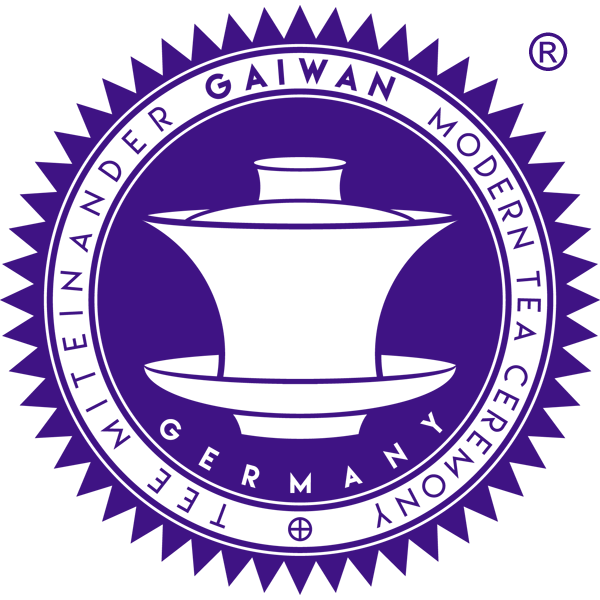Buy Certified Organic Loose Tea
Tea is one of the most popular drinks in the world. There is an almost infinite variety of delicious tea compositions, so there really should be the right tea for everyone. Teas are healthy, tasty and connect people in relaxed gatherings. Whether as loose tea or in bags, hot or ice-cold - it is impossible to imagine our society without tea. In this article, we would like to tell you more about how loose tea conquered the world, where the world's most familiar names for tea come from, what the main varieties are, how they are prepared and much more. Take some time out, grab your favourite cup and enjoy an aromatic tea during reading time.
Continue reading:




